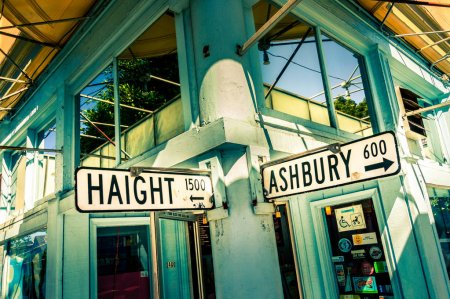Harm reduction is an approach to managing substance abuse by trying to prevent the fallout of addiction rather than the addiction itself. Examples of this include needle exchanges, opioid replacement drugs, and safe injection sites. Rather than condemn drug use or even try to stop it, the attitude focuses on making it safer by preventing overdose, the spread of infectious diseases, crime, and anything else negative that comes along with having a record proportion of the population addicted to drugs.
The capital city of harm reduction seems to be San Francisco, a place using it on a scale larger than anywhere else. San Francisco’s use of harm reduction is so heavy that it almost appears that the city is trying to prove its approach as being the best way to handle drug addiction. San Francisco has employed some historically massive harm reduction projects, including its needle giveaway rather than traditional exchange programs. This plan backfired, as so many needles began littering the streets that it became an actual biohazard requiring millions spent in cleanup efforts.
San Francisco is so lenient and permissive towards drug use that the city’s homeless population has ballooned with people looking for a reprieve from harsher laws in other areas. But it’s the city’s recent harm reduction plan that’s garnering headlines, and it began because of COVID-19. The homeless population of San Francisco is so large that its homeless shelters can’t keep up, and occupants are stuffed in big rooms overnight. With COVID-19, it was only a matter of time before there was a significant outbreak like the one that occurred in April, infecting over 100 residents and workers at the city’s largest homeless shelter.
This eruption prompted lawmakers to order the mayor to secure 7,000 hotel rooms to house the city’s homeless population, a venture estimated to cost around $105 million. The idea is this will allow them to self-quarantine and stop the spread of the virus. The complexity of orchestrating this maneuver is enough to give anyone a headache, yet it appears to have been orchestrated successfully. But what has everyone in an uproar now is the recent development that the city of San Francisco began delivering drugs and alcohol to them in their hotel rooms!
It sounds absurd when stated so plainly, yet it’s accurate. To prevent the homeless population from leaving their hotel rooms each day to find and use drugs, and potentially spreading COVID-19, the city has begun giving them alcohol, methadone, and cannabis. The city’s Department of Public Health confirmed this on Twitter.
This move has sparked controversy, and for a good reason. Though the city clearly stated that taxpayer dollars did not fund the drugs, people are not letting them off the hook. Many believe they should be helping people by getting them treatment and doubt the honesty of the city’s claims that private donations alone are paying for these “harm reduction” measures. And they’ve got a point.
Why wouldn’t the money spent on hotel rooms, drugs, and alcohol be instead used to place the homeless population with substance use disorders into treatment? It just doesn’t make sense. Granted, there may not be immediate bed availability, but at least they could begin rotating people through treatment and into hotels in the meantime or delivering some form of treatment services. Instead, they’ve gone right to putting them up and giving them drugs, which honestly just sounds like a party.
What happens when the COVID-19 pandemic is over, or they run out of money to buy the hotels and drugs? Then we’ll have thousands of displaced homeless people with fueled addictions turned back out onto the streets. Harm reduction as a sole philosophy consistently misses the mark in addressing substance abuse. Certainly, we should do everything possible to prevent death and harm. But to what end?
Wanting to avoid the spread of COVID-19 and its deaths is understandable, too. That doesn’t mean we’re going to put all our resources into hotel rooms instead of a vaccine. San Francisco’s expensive mistake shows the flaw in harm reduction. It lacks foresight. Harm reduction doesn’t reduce addiction, and it doesn’t end up reducing harm even. It just postpones it.







Read 0 comments and reply